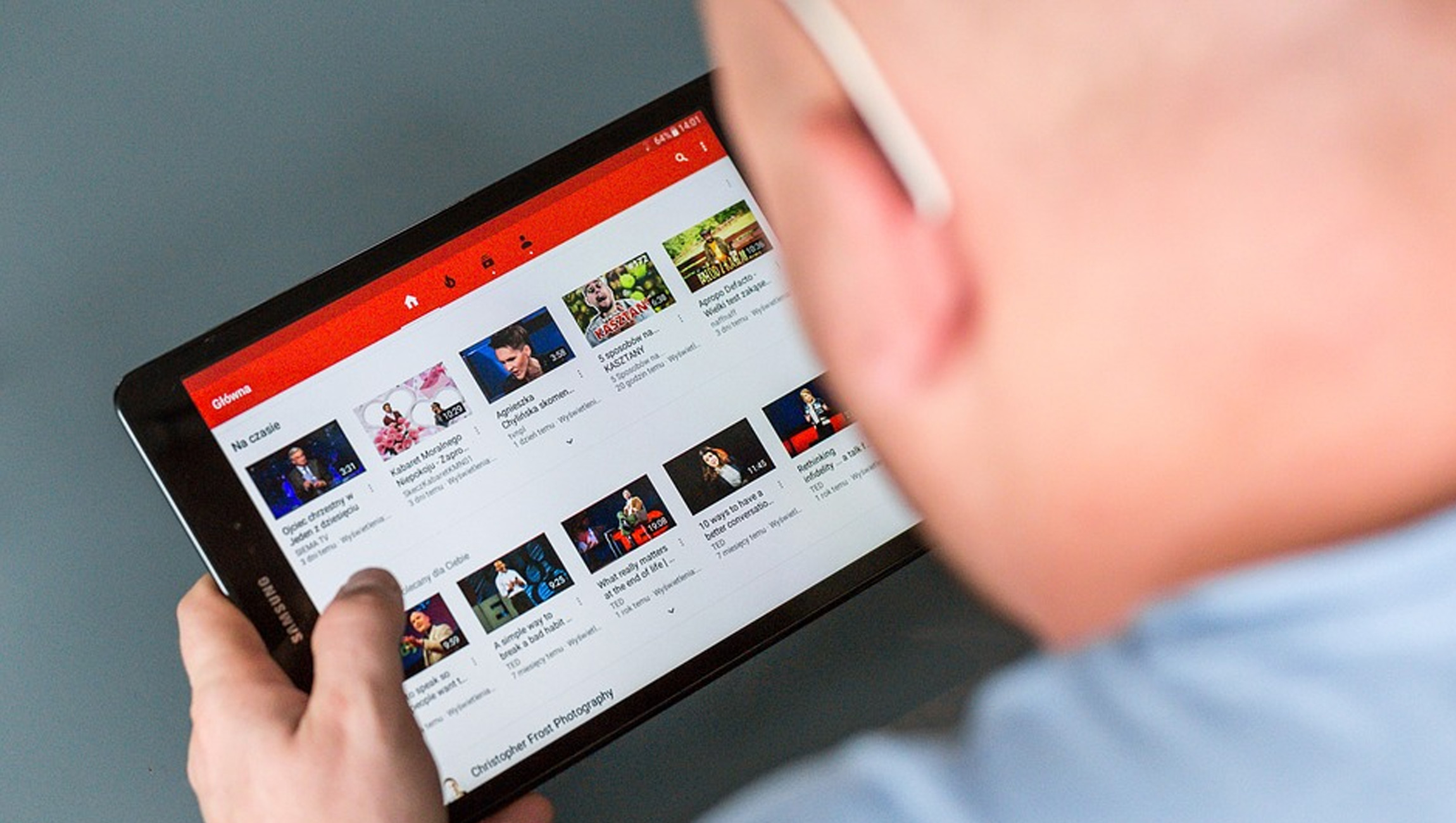 Consumers in Asia-Pacific are avid video watchers. On average, they’re spending some 100 minutes a day consuming online video content, which is, in turn, propelling forward the industry to reach US$35 billion by 2021.
Consumers in Asia-Pacific are avid video watchers. On average, they’re spending some 100 minutes a day consuming online video content, which is, in turn, propelling forward the industry to reach US$35 billion by 2021.
Advertisers, however, have been restrained, even treating it like a sideshow. At present, video investments are relatively conservative and mostly limited to YouTube. This ignores the potential of social media and OTT or streaming videos, both of which present significant opportunities to brands.
To be sure, some brands in the region are starting to experiment and get comfortable with video – but there’s much more to be done if the video is to yield real business results.
Also Read: Social Media Marketing Moves from Megaphone to Targeted Conversations
Here are four tips to help you get to grips with video content:
Satellite content taking off
With high levels of engagement coming from the use of video content, organizations will start veering towards satellite content. Satellite content is essentially an offshoot of a larger, primary piece of video content.
By doing this, organizations are aiming to stretch out the engagement for as long and as cost-effectively as possible. Satellite content can take many different forms, including old style teasers and episodic content. The end goal is to expand on the primary content, using hyper-local themes to make the content relatable to the target audience. Netflix has been doing a great job of this with the promotion of their shows and films in international markets.
Remember the Singapore’s Stranger Things 2 teaser trailers?
A common mistake, usually driven by a desire to keep costs down, is to chop one larger piece of video content into smaller bite-sized versions. While the original may have suited the needs of the business perfectly, the deconstruction usually fails to consider the platforms it will be distributed on, as well as different consumer behaviors on those platforms.
Cinemagraphs on Instagram are a perfect example of a platform-targeted piece of video content that will engage best with the platform’s specific audience. In order to succeed with satellite content, advertisers need to create new specific storyboards and scripts to justify the effort and the end goal.
Also Read: Brandlive Launches Enterprise Live Video Platform for Mobile Devices
Live video not just for viral trends
The Mannequin Challenge is probably the first thing that comes to mind when we think of live video formats. The format is deceptively simple because of the ease with which advertisers can use it. But live video has far greater potential. If done right, B2C and B2B businesses can leverage it to showcase new products, provide access to conferences and roundtables, and host live Q&As. As we step into 2018, we’ll start to see live video go mainstream, beyond the purpose of creating viral videos.
UGC: Tread with caution
User-generated content is a hugely powerful way to interact with your target audience. I can’t think of better advertising than a consumer creating a great piece of work for a brand. However, leveraging it for a broader purpose is more challenging.
In the past, brands have jumped headfirst, dashing to roll out competitions that force consumers to submit content. While some of these have been highly successful, for many others, it has resulted in lackluster submissions, potentially turning off audiences.
For their part, brands need to take a step back and understand how to create an environment that encourages a community of content generators. Adobe has been doing this very well on their Instagram platform by sharing interesting video projects from their user community.
Target audiences as testing grounds
The production of large video content pieces can be costly, especially when there is no guarantee that it will be effective with a brand’s target audience.
Organisations, both SMEs and MNCs, are starting to experiment with multiple test versions of video content, to gain insights into a variety of factors such as length, style, imagery, and headlines. The costs savings of doing this are substantial and can help brands save as much as 25%.
Recommended Read: Creating a Targeted Campaign Using Video




Comments are closed.